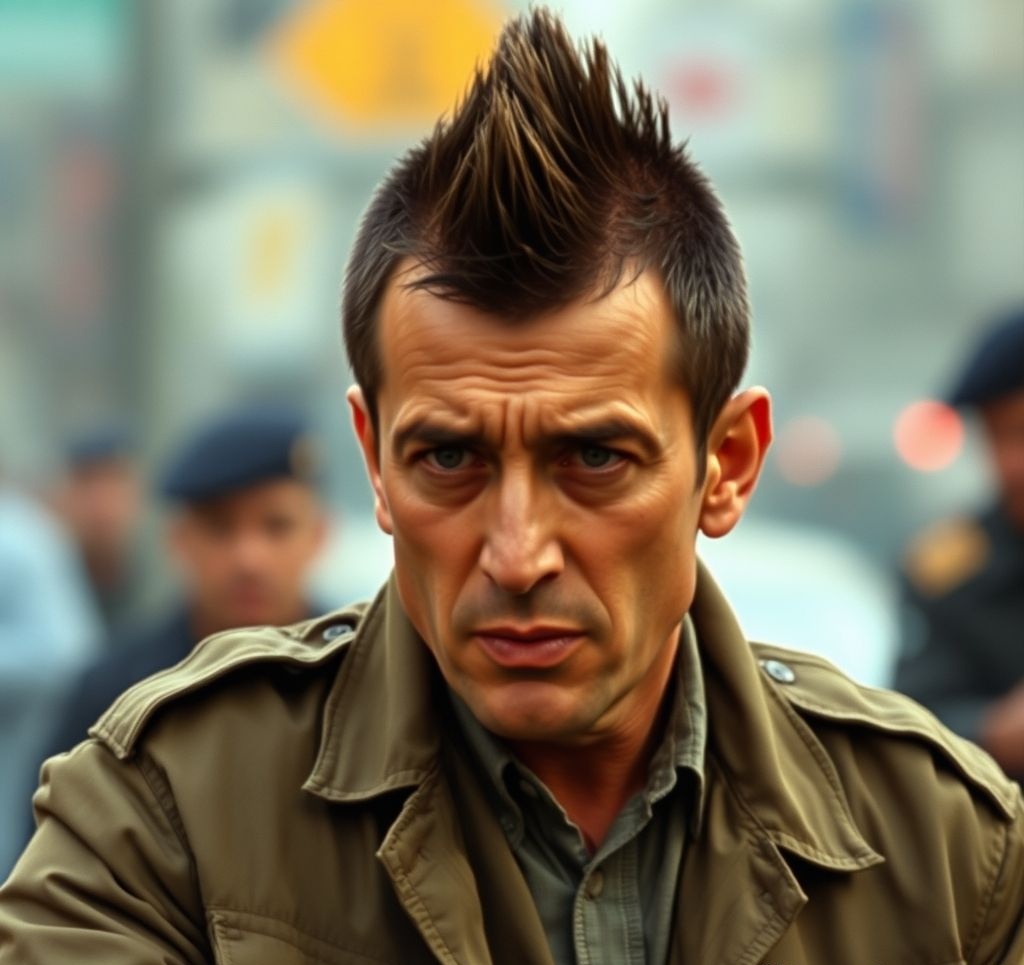Origins and Screenplay
Taxi Driver originated from screenwriter Paul Schrader's personal crisis. In the early 1970s, Schrader experienced a breakdown after his marriage dissolved, finding himself living in his car, suffering from insomnia, and developing an ulcer. He later recalled, "I was very suicidal, drinking heavily, obsessed with pornography and guns." After hospitalization, Schrader channeled his alienation and dark thoughts into Travis Bickle's character, writing the script in just over two weeks in what he described as a "self-therapy" process.
The screenplay drew from diverse literary and cinematic influences, including Dostoevsky's Notes from Underground, Arthur Bremer's diaries (the man who shot presidential candidate George Wallace), and Robert Bresson's film Pickpocket. Schrader's script attracted considerable attention in Hollywood, with names like Brian De Palma initially attached to direct before it reached Martin Scorsese.
Scorsese, coming off the commercial failure of New York, New York and battling cocaine addiction, found himself drawn to the material despite its darkness—or perhaps because of it. Producer Julia Phillips later wrote that Scorsese saw in Travis Bickle "his own self-hatred, his own self-disgust... Marty was Travis Bickle."
De Niro's Transformation
Robert De Niro's preparation for playing Travis Bickle set new standards for actor immersion. He obtained a taxi driver's license and spent weekends driving a cab in New York City. De Niro insisted on experiencing the job firsthand, later recalling that most passengers didn't recognize him despite his growing fame from The Godfather Part II.
To physically transform into the character, De Niro trained extensively to achieve the lean, muscular physique of a Vietnam veteran. He developed Travis's distinctive mohawk based on accounts of special forces soldiers who adopted the hairstyle before dangerous missions—a visual signifier of Travis's transition into violence. The actor also worked with military advisors to authentic combat trauma behavior and weapons handling.
Perhaps most notably, De Niro's "You talkin' to me?" monologue—one of cinema's most iconic scenes—was largely improvised during filming. The script simply indicated "Travis looks in the mirror," but De Niro expanded it into the disturbing self-dialogue that would become the film's most quoted moment. This improvisation drew from street confrontations De Niro had observed and perfected Travis's delusional rehearsal for confrontation.
Controversy and Production Challenges
From inception, Taxi Driver faced numerous obstacles. The film's graphic violence, sexual content, and portrayal of underage prostitution made studios hesitant. Columbia Pictures ultimately agreed to finance the modestly budgeted production, but concerns about potential X-rating persisted throughout filming.
The casting of 12-year-old Jodie Foster as child prostitute Iris raised significant ethical and legal questions. The production required extensive consultations with child welfare representatives, and Foster underwent psychological evaluation to ensure the role wouldn't damage her development. Her mother's approval was contingent on her daughter's scenes being filmed with a body double for any suggestive content. Foster later reflected that she didn't fully understand many of the film's adult themes during production.
The film's violent climax proved technically challenging. To achieve the stylized blood effects in the shooting sequence, Scorsese had to negotiate with the MPAA. His solution involved desaturating the color in the final shootout, muting the blood's bright red to a brownish hue. This technique not only helped secure an R rating but created the dreamlike quality that contributes to the scene's ambiguous interpretation.
Bernard Herrmann's Final Score
One of Taxi Driver's most distinctive elements is its haunting score by legendary composer Bernard Herrmann, known for his work with Alfred Hitchcock on films like Psycho and Vertigo. Scorsese convinced the aging composer to score the film despite Herrmann's initial resistance to the dark material.
Herrmann created a jazz-influenced score that contrasted romantic saxophone themes with menacing brass sections, perfectly capturing Travis's dichotomous nature—his yearning for connection and capacity for violence. The music becomes increasingly dissonant as Travis descends into madness, with Herrmann employing unusual instrumental combinations to create the film's unsettling atmosphere.
In a poignant footnote to cinema history, Herrmann completed recording the score on December 23, 1975, returned to his hotel, and died in his sleep. Taxi Driver would be his final work, released posthumously and earning him his last Oscar nomination. Scorsese dedicated the film to his memory, and the score is now considered one of the most influential in American cinema.
Reception and Cultural Impact
Taxi Driver premiered at the 1976 Cannes Film Festival, where it won the prestigious Palme d'Or despite reports of audience members walking out during violent sequences. Critical reception was largely positive but noted the film's disturbing intensity. Roger Ebert called it "a brilliant nightmare," while Pauline Kael described it as "a raw, tabloid version of Notes from Underground."
The film's most controversial legacy came in March 1981, when John Hinckley Jr. attempted to assassinate President Ronald Reagan, later claiming he was obsessed with the film and Jodie Foster, hoping to impress her through his action—a disturbing echo of Travis's own plan to assassinate a political figure. While this connection sparked renewed debate about media influence, the film's defenders noted that Taxi Driver explicitly portrays Travis as disturbed rather than heroic.
Despite—or perhaps because of—its controversial nature, Taxi Driver has grown in critical estimation over decades. It was one of the first 25 films selected for preservation in the National Film Registry in 1994. The film has influenced generations of filmmakers and cemented Scorsese's reputation as one of America's most important directors. Its images and dialogue have become so embedded in popular culture that references appear everywhere from other films to music, television, and internet memes, with "You talkin' to me?" ranked as one of AFI's top movie quotes of all time.












